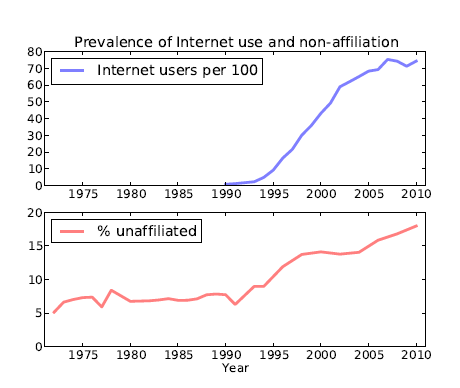More astonishing news from the Max Planck Institute for Evolutionary Anthropology in Leipzig, Germany, where Svante Pääbo's team are continuing to analyse the Neanderthal genome from a specimen found in Denisova cave the Altai Mountains of Siberia and make comparisons with the genomes of different human groups and related anthropoid apes.
Working with partners in the CAS-MPG (Chinese Academy of Sciences (CAS) and German Max Planck Society(MPG)) Partner Institute for Computational Biology in Shanghai, China researchers have now found that not only do present-day European and Asian populations differ in their brain structure so far as their lipid content is concerned, but that the difference is very probably due to the occassional interbreeding between early modern humans and Neaderthals, probably on very few occassions somewhere in the Middle East.
Comparison of the Neanderthal genes found in the genomes of eleven different human groups from Europe, Asia and Africa revealed, not surprisingly since the interbreeding between Homo sapiens and Homo neanderthalensis occurred after the Euro-Asian H. sapiens left Africa, no Neanderthal genes were found in the African groups. However, the Europeans were found to have three times the number of genes involved in lipid catabolism than did Asians.
Abstract
Although Neanderthals are extinct, fragments of their genomes persist in contemporary humans. Here we show that while the genome-wide frequency of Neanderthal-like sites is approximately constant across all contemporary out-of-Africa populations, genes involved in lipid catabolism contain more than threefold excess of such sites in contemporary humans of European descent. Evolutionally, these genes show significant association with signatures of recent positive selection in the contemporary European, but not Asian or African populations. Functionally, the excess of Neanderthal-like sites in lipid catabolism genes can be linked with a greater divergence of lipid concentrations and enzyme expression levels within this pathway, seen in contemporary Europeans, but not in the other populations. We conclude that sequence variants that evolved in Neanderthals may have given a selective advantage to anatomically modern humans that settled in the same geographical areas.
Ekaterina E. et al; Neanderthal ancestry drives evolution of lipid catabolism in contemporary Europeans
Nature Communications 5, Article number: 3584 doi:10.1038/ncomms4584
We think it’s a very strong effect with very profound physiological changes
So, the team then turned to looking for evidence of differences in fat catabolism in fourteen adult humans from Europe, Asia and Africa as well as 14 chimpanzees. Because of its ready availability in a tissue bank they looked first at brain tissue and found that Europeans have distinct differences in the concentrations of certain lipids in their brain tissues and in enzymes associated with lipid catabolism. The assumption is that this is related to the higher incidence of Neanderthal genes for lipid metabolism found in these European groups. None of these lipids or enzymes were found in chimpanzee brain tissue, suggesting that the mutations arose after the split between Pan and Homo.Philipp Khaitovich
CAS-MPG Partner Institute for Computational Biology
CAS-MPG Partner Institute for Computational Biology
Clearly much more has to be done on the functionality of this, but it’s tempting to think it’s linked with some of the differences in sugar metabolism that have been picked up already. Neandertals might have had adaptations to get through the stress of northern winters that moderns could pick up through introgression.
The thinking is that the ability to rapidly metabolise fats may have been an adaptive trait Neanderthals evolved during their long spell in the colder Euro-Asian norther climate, enabling them to use fats as an efficient energy store. So, the out-of-Africa European H. sapiens effectively took a shortcut to evolution by interbreeding with neanderthals who has already done the evolutionary spade work, and this enabled them to spread quickly into the colder northern zones.Chris Stringer, Paleoanthropologist,
Natural History Museum, London
Natural History Museum, London
So, it seems that we Europeans owe an enormous debt of gratitude to our Neanderthal ancestors and we are only just beginning to find out what. They paved the way for us to leave our African cradle and to spread out across the world without taking the 250,000 they had needed to evolve the genes they passed on to us.
I wonder how the creationists manage to shoehorn these emerging facts of our evolutionary story, and the evidence of co-existence of two, three, possibly four distinct species of Homo, able to interbreed at least in parts of our range like a typical ring-species stage in a diverging, evolving population. How can these facts be made to fit into a mythical special creation just a few thousand years ago of a fully evolved single human species?
Any creationist with the courage to try for a rational answer is more than welcome to do so in the comments section below.















